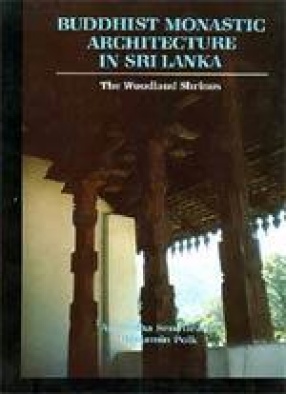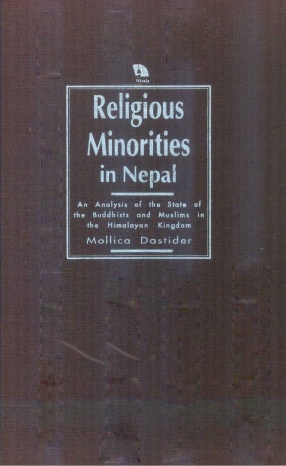Little attention has hitherto been given t the role of timber construction in Sri Lanka’s ancient architecture, and its photo-coverage has not until now appeared in one place. The buildings described here are mostly close to folk architecture but they comprise an important part of the ancient building tradition of Monsoon Asia-an immense area that includes parts of India, Nepal, Burma, Bal, and Japan, as well as Sri Lanka itself. Buddhist Monastic Architecture in Sri Lanka makes a permanent contribution to South Asian studies. The authors search out the ancient picturesque temples in the central hills. Guided by the well-known scholar, Professor Seneviratna, the book centres on colour photographs taken by architect Polk during an eight month sojourn in 1980-81. Both archaeological and architectural expertise thus combine, and added to this is the research into the writings of early travellers, researched by Emily Polk, poet and painter, who has put the threads of history of those adventurous days into a dramatic form. This collaboration is the result of their common interest in the ancient architecture of South Asia, and is written hoping that continuities from past to future may be maintained in these troubled present times. In Sri Lanka there are forests where modern ways have not overwhelmed tradition and where the old wood buildings tradition and where the old wood buildings still flicker in the magic of the trees. Here is the drama of the land and its people: the stream of pure notes from an invisible flautist, the first glimpse of Adam’s Peak, the romantic narrative of the Sacred Tooth kept secret for 900 years before emerging in Serendib. And then Kandy, where "high on the island the winds from the Bay of Bengal and the Indian Ocean are on a collision course and the sensation of colours, movement and light is electrifying." So, we believe, is this book.
Buddhist Monastic Architecture in Sri Lanka: The Woodland Shrines
In stock
Free & Quick Delivery Worldwide
Bibliographic information
Title
Buddhist Monastic Architecture in Sri Lanka: The Woodland Shrines
Author
Edition
1st ed.
Publisher
Abhinav Publications, 1992
ISBN
8170172810
Length
152p., 27cm.
Subjects





There are no reviews yet.